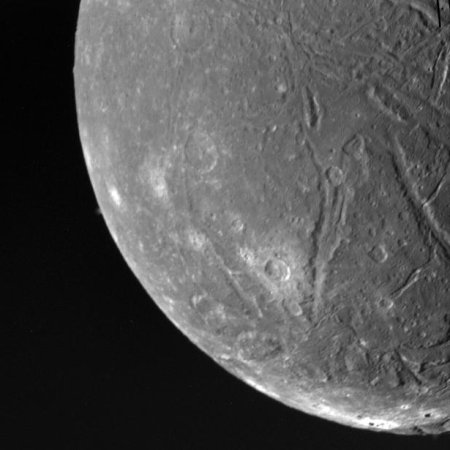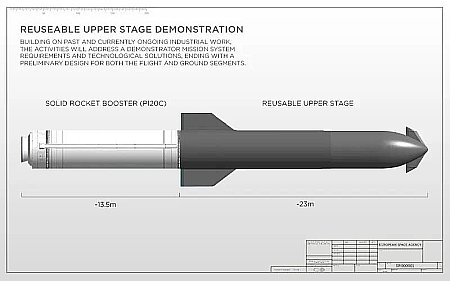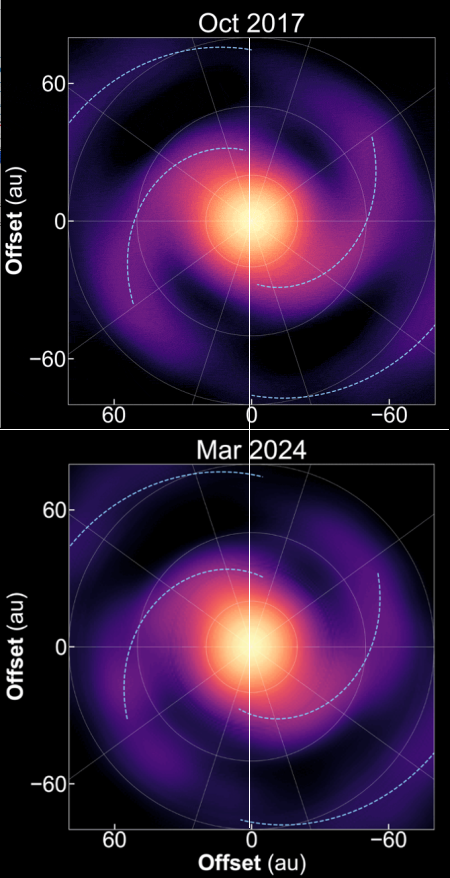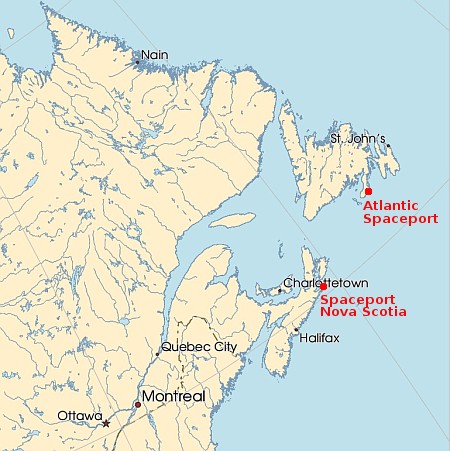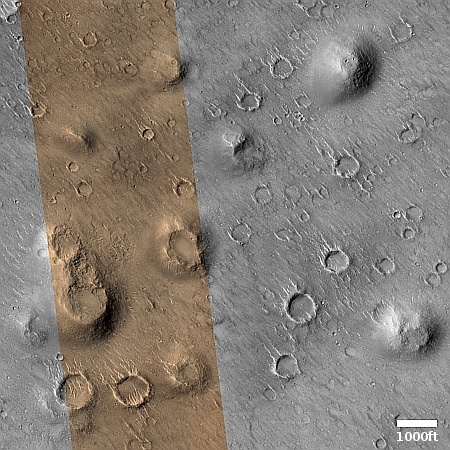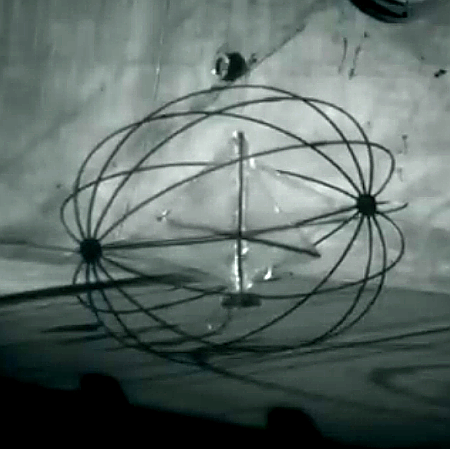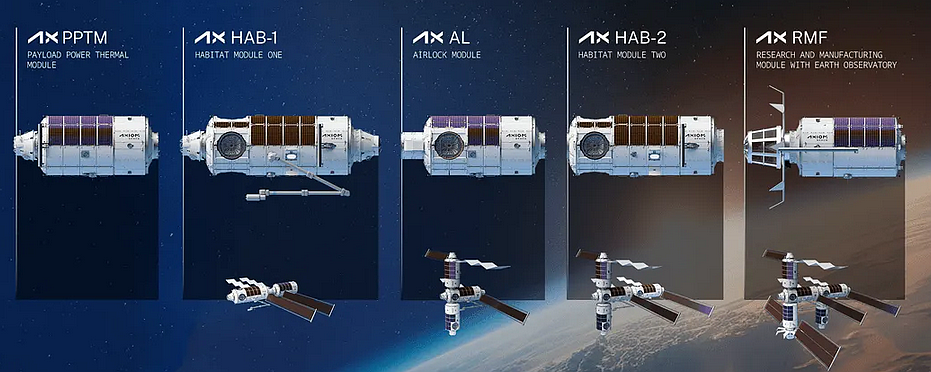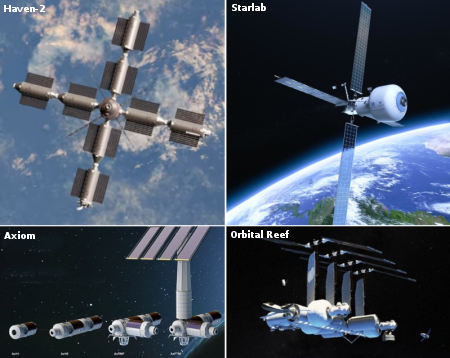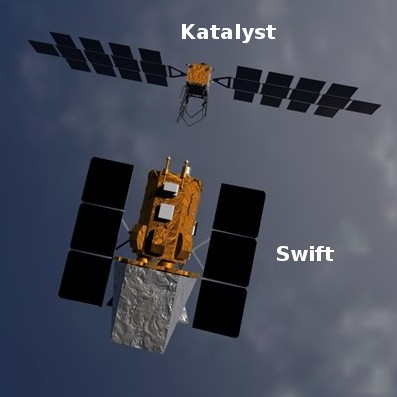Firefly loses first stage for next launch when it explodes during static fire test
During a static fire engine test yesterday in preparation for launch, the rocket startup Firefly lost the first stage when an explosion occurred at what appeared to be the base of the rocket. From the company’s update:
During testing at Firefly’s facility in Briggs, Texas, the first stage of Firefly’s Alpha Flight 7 rocket experienced an event that resulted in a loss of the stage. Proper safety protocols were followed, and all personnel are safe. The company is assessing the impact to its stage test stand, and no other facilities were impacted.
Video of the explosion can be seen here.
This incident will obviously delay the next launch, which had only just been scheduled following the completion of the company’s investigation into its launch failure in April. This explosion also suggests there remain serious issues with the Alpha rocket, which has only had two full successes in six launch attempts.
At the same time, with the successful soft landing of its Blue Ghost lander on the Moon earlier this year, Firefly has demonstrated its engineering can be sound and robust. It just appears that a lot more work needs to be done to get Alpha into shape.
During a static fire engine test yesterday in preparation for launch, the rocket startup Firefly lost the first stage when an explosion occurred at what appeared to be the base of the rocket. From the company’s update:
During testing at Firefly’s facility in Briggs, Texas, the first stage of Firefly’s Alpha Flight 7 rocket experienced an event that resulted in a loss of the stage. Proper safety protocols were followed, and all personnel are safe. The company is assessing the impact to its stage test stand, and no other facilities were impacted.
Video of the explosion can be seen here.
This incident will obviously delay the next launch, which had only just been scheduled following the completion of the company’s investigation into its launch failure in April. This explosion also suggests there remain serious issues with the Alpha rocket, which has only had two full successes in six launch attempts.
At the same time, with the successful soft landing of its Blue Ghost lander on the Moon earlier this year, Firefly has demonstrated its engineering can be sound and robust. It just appears that a lot more work needs to be done to get Alpha into shape.



